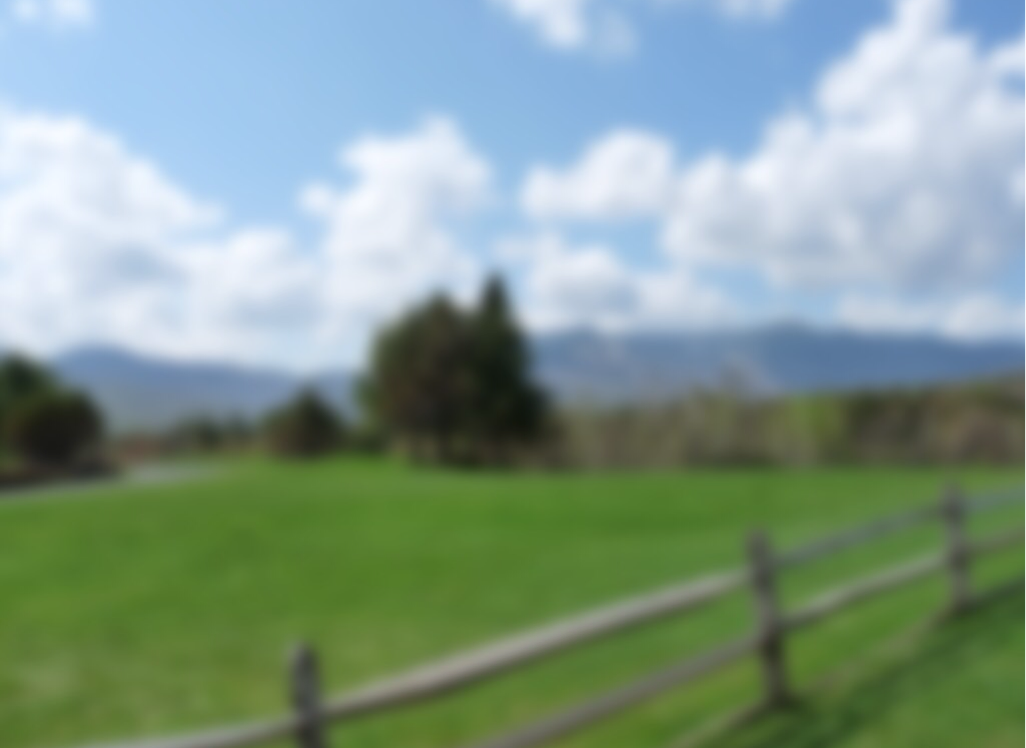Tropical Grassland/savanna/schrubland
DJ Mixer Professional for Mac is the leading-edge VJ/DJ software that allowing you to create complex music and video mixes on the fly. The Pro version featuring 4 DJ decks with professional grade mixer. Omniflow vs. dj mixer professional for mac.
Mar 15, 2012 - The African savanna ecosystem is a tropical grassland with warm temperatures year-round and with its highest seasonal rainfall in the summer. Tropical and subtropical grasslands, savannas, and shrublands. Tropical and subtropical grasslands, savannas, and shrublands are grassland. Rainfall in tropical and subtropical grassland, savanna, and shrubland is between 500 and 1300 millimeters (20 to 50 inches) a year, and can be highly seasonal, with the entire year's rainfall sometimes occurring within a couple of weeks.
- Temperate Woodland And Shrubland Climate
- Tropical Grassland Forests
- Tropical Grassland/savanna/shrubland Plants
Contents. Description is dominated by grass and other plants.
Is grassland with scattered. Is dominated by woody or herbaceous shrubs. Rainfall in tropical and subtropical grassland, savanna, and shrubland is between 500 and 1300 millimeters (20 to 50 inches) a year, and can be highly seasonal, with the entire year's rainfall sometimes occurring within a couple of weeks. Occurrence Tropical and subtropical grasslands, savannas, and shrublands occur on all continents but Antarctica. They are widespread in, and are also found all throughout, the northern parts of and, and the southern. African savannas occur between forest or woodland regions and grassland regions. The climate varies, with an average temperature of 27 °C with peaks of 30 °C in April and October, and between 300 and 1500 mm of rain per year.
Flora includes:. (Tree). Loses leaves in dry season to conserve moisture. Leafy canopy in rainy season (flattened by winds).
(Tree). Stores water in trunk.
Temperate Woodland And Shrubland Climate
Thick bark to protect it from fires in dry season. Long tap roots to reach underground moisture.
Tropical Grassland Forests
Few leaves to reduce water loss through transpiration. Grow quickly to 3 or 4 meters in clumps. Shoots die in dry season leaving only roots. Low shrubs. Drought resistant. Small.
Thorns not leaves Ecoregions.
Wildlife & Vegetation. The tropical grassland is home to several species of large grazing herbivores, large carnivorous cats, and other meat eating creatures.
Each have a specific niche and have key roles in the savanna’s food-web. Animals. Elephant. Giraffe. Zebra.
Tropical Grassland/savanna/shrubland Plants
Gazelle. Hippopotamus.

Wildebeest. Emu. Cheetah. Lion. Crocodile &. Plants. Jackalberry Tree.
Whistling Thorn. Manketti Tree & other small shrubs and grasses Uniqueness.
The tropical grassland is unique because of the many animals found exclusively here. The savanna is what many “stereotype” the entire continent of Aftrica as being.
There are also several species of large trees found only in the savanna such as the Jackalberry Tree. 20 percent of the Earth’s land area is covered with rich tropical grasslands. Threatened / Endangered Species Lion – Very few left due to humans hunting them for fur and game. Elephant – At high risk of endangerment because humans have hunted them for decades for their ivory tusks. Cheetah – Few left in Africa because humans hunt them for game and fur.
Giraffe – Many species of giraffe are in danger because of predators. Species Interaction In the tropical grassland a mutual & parasitic relationship is shared between the Rhinoceros, Egrets, and ticks.

The parasitic tick feeds off of the Rhinoceros’s flesh. The Rino is harmed while the tick benefits.
The egret feeds on the ticks. The rhino befits and the egret does as well.